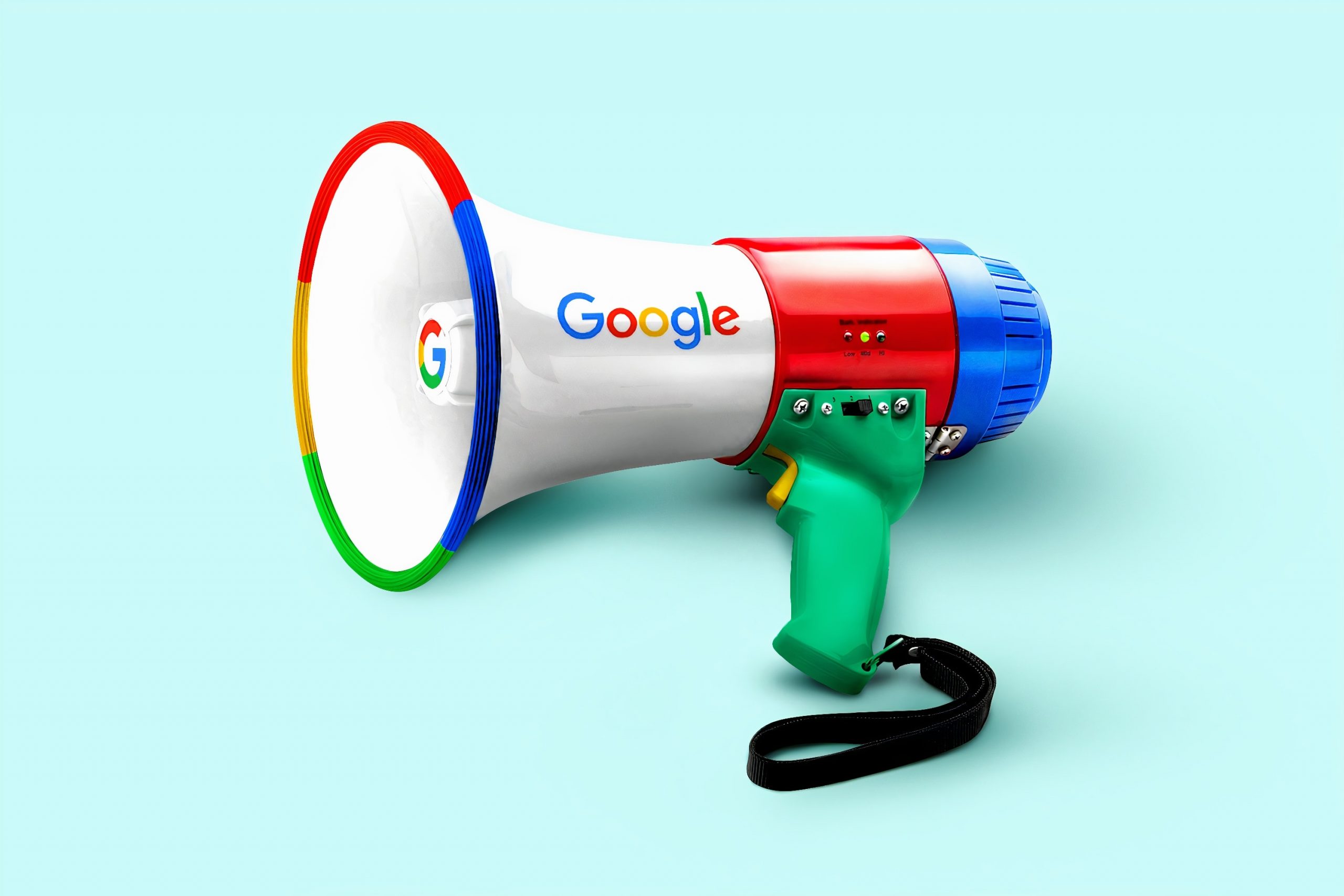An Introduction to Google Ads: What Is It & How Does It Work?

Entering the world of Google Ads can be a confusing experience and even feel like you’re learning a new language. However, don’t be intimidated by its range of technical terms and features. Knowing your way around Google Ads is invaluable in driving traffic to your website and broadening the audiences that your advertising reaches.
So what exactly is Google Ads?
Formerly known as Google Adwords, Google Ads is a paid advertising platform that falls under the category of Internet marketing known as ‘pay-per-click’. Basically, it functions as an auction; advertisers bid on particular search terms or keywords, and the highest bidders’ ads are placed at the top of search engine results pages (SERPs).
The beauty and appeal of Google Ads is that you only pay when someone clicks on your ad hence the name pay per click. Google also tracks your ad’s impressions, which is the number of times your ad is shown on the Google Display Network. If you divide your ad’s impressions by its clicks, you have your click-through rate, which is the percentage of users who land on your website by clicking on your Google Ad. Your click-through rate is a helpful metric that shows you which ads are successful and which ones aren’t.
How does Google Ads work?
Advertisers set the amount that they are willing to pay for each bid (this is called their maximum cost-per-click or CPC). If you are the highest bidder, your ad will be displayed when someone does a Google search using your keywords. If the next highest bidder is lower than your maximum CPC, you will only be charged the price that the next highest bidder was willing to pay.
However, it’s not just your CPC that determines whether or not your ads are placed highly in SERPs. Google also uses another important metric called Quality Score, which is between 1 to 10 and measures the quality of your ads, keywords, and landing pages. After all, Google ultimately wants its users to be happy, meaning that the information on your landing page must be relevant and helpful to your customers. This also ultimately leads to more conversions. This shows that you should never stop thinking about what you can offer to your customers even after they have clicked on your ad.
Factors to consider in your Google Ad campaigns
You can’t afford to compromise on time and planning when setting up your Google Ad campaigns. Google Ads should target your ideal customers based on factors such as the search terms they are entering into Google and their location, age, and gender. This means that you must know your target audience and their behaviour like the back of your hand.
To run successful Google Ad campaigns that reap the results you’re after, you need to plan your budget and keywords and research your competitors. Google Ads lets you set an average daily budget for your campaigns. You can decide on your average daily budget for each campaign depending on your advertising goals and the rough amount that you’re comfortable spending.
One of Google Ads’ best features is its free keyword planner. This allows you to find the keywords that are most relevant for your business, discover new related keywords, and research how often certain words are searched. It even suggests bid estimates for each keyword so that you can plan your advertising budget. On that note, it’s always a good idea to research the keywords that your competitors are using. There a range of websites to help you do this, such as SEMRush.
At Word of Mouth Agency, we’re experts in integrating your Google Ads activity with your business’s big-picture strategy. We find the right keywords for your business and work tirelessly to refine them over time, ultimately minimising your cost per lead and upgrading your Google Ads strategy.